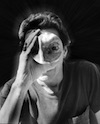 [This was intended for publication as a continuation of what turned out to be the last of my “Latent Image” columns in the Village Voice, which appeared on March 15, 1973 — 45 years ago. It’s the second half of a two-part critique of the exhibition and catalog Octave of Prayer, which was edited and written by Minor White and published by Aperture in December 1972.
[This was intended for publication as a continuation of what turned out to be the last of my “Latent Image” columns in the Village Voice, which appeared on March 15, 1973 — 45 years ago. It’s the second half of a two-part critique of the exhibition and catalog Octave of Prayer, which was edited and written by Minor White and published by Aperture in December 1972.
At the time that I drafted it, I knew that this piece would be controversial within the photography community. What I did not foresee was that, after the first part appeared in print, the second part of the piece would so distress a substitute editor at the Voice that he would refuse to run it without major alterations and changes in tone. This led to my backing up the piece as written with a conditional resignation, which the Voice management eventually accepted.
Both parts of the piece were finally run, intact, in the November 1973 issue of Camera 35, for which completion I’d like to thank Jim Hughes, who was then that magazine’s editor. (Subscriber and periodic sponsor A. David Wunsch, who had a copy thereof handy, supplied scans that you can download here as a pdf file.)
![]() Camera 35 billed it as a “Great Debate!!!” and ran a rebuttal from Minor in the same issue. Along with my resignation from the Voice and the accompanying uproar, all that made it hard to put the piece in its proper perspective. Indeed, I’m still not sure what that is; but here, at least, is the piece as it was written, word for word. Click here for Part 1, and here for the conclusion of Part 2. — A.D.C.]
Camera 35 billed it as a “Great Debate!!!” and ran a rebuttal from Minor in the same issue. Along with my resignation from the Voice and the accompanying uproar, all that made it hard to put the piece in its proper perspective. Indeed, I’m still not sure what that is; but here, at least, is the piece as it was written, word for word. Click here for Part 1, and here for the conclusion of Part 2. — A.D.C.]
•
Minor White: Octave of Prayer (IIa)
… Last week I dealt at length with the photographs in Octave of Prayer, which show that Minor White has attained the enviable position of not even having to make his own photographs any more. All he now has to do is tell other people how to do it and then sequence the results in order to walk off with the lion’s share of the credit. Many of the images in the book were quite obviously made to please White, for, despite his protestations anent the openness of his mind, White asks for — and, of course, receives — specific kinds of images.
He also generates a slavishly imitative brand of mystical pablum in prose. This is exemplified, in Octave of Prayer, by a most remarkable statement submitted by Ruth Breil to accompany her photograph of Yevgeny Yevtushenko, the Russian poet: “It struck me suddenly, as I was crouching down at Yevtushenko’s feet — the stage above my gaze … that the most beautiful, the most holy poem of all … the most sacred sound in the stillness around me … was the sudden anxious hiss of shutters clicking softly. I felt my tension ebb as I clicked this one and only image.”
Now, language is a somewhat older and more symbolic medium of communication than photography, and poetry — the simultaneous distillation of experience and language — goes back a bit further than 1839. A human being standing alone before a huge crowd of strangers, offering them that essence of self which is poetry, attempting thus to communicate with a full understanding of the ultimate insufficiency and fragility of words, is committing an act of staggering heroism.
If anything transpiring at that reading deserved to be called “sacred” or “holy,” it was what Yevtushenko represented, by himself on that stage, trying to touch people with words. It surely was not more sacred or holy for numerous photographers to devote less than their full attention to those words in order to snatch images which cannot hope to capture even a whiff of the courage of that lonely act. For Ms. Breil to suggest that her and her colleagues’ intrusion into Yevtushenko’s music with their machine noises was devotionally superior to the work of the poet himself is inexcusably ignorant and insufferably arrogant.
•
The remainder of the text is mostly White’s own writing. It occasionally reaches that pinnacle of inscrutability previously scaled by White (“because it was there …”) in Light7 , a work whose incomprehensibility rendered it comparatively harmless. [Light7 was one of White’s previous curatorial ventures.] In Octave of Prayer, though, White is dangerously understandable.
Consider, for instance, the tortuous illogicality of the following. “The history of conscious prayer in photography goes back to the beginning of the century. In fact, to 1902, when the quarterly of the Photo-Secessionists, Camerawork [sic], was first published under the guidance of Alfred Stieglitz. Though Stieglitz meant art more than prayer, this exhibition is one more proclamation of the option of prayer in photography. The best name for that option is camerawork.”
Roughly translated, what White says above is this: The tradition of conscious prayer in photography goes back to Alfred Stieglitz and Camera Work. Of course, Stieglitz (and the tradition he represents) was concerned with art, not prayer. Nevertheless, this exhibition is a continuation of the tradition Stieglitz didn’t found. And anyhow, we’re going to rip off the name.
One might wonder about a man capable of such semantic gymnastics, engaged in for the sole purpose of aligning himself post mortem with a thinker who would have disdained the sanctimony with which this book is awash.
One might wonder, too, about a man capable of quoting at length one “Father MacNamara, Director of the Spiritual Life Institute of America,” without identifying this organization any further or even giving MacNamara’s first name. [Note, March 2018: At the time White wrote this, Father William McNamara’s Spiritual Life Institute appears to have constituted a minuscule lapsed-Carmelite cult that two years later had only ten members, and whose main disciple, one Tessa Bielecki, would subsequently become “a New Age leader of a non-Catholic ‘ecumenical’ cult who massages St. Teresa of Avila’s Catholic mysticism into something that Jane Fonda would find acceptable.” I have no information about White’s connection to McNamara or this cult. — A.D.C.] One might wonder about a photographer who laboriously describes eight levels of prayer and tells us authoritatively that poetry can only reach the second level but photographs can reach the third.
Having thus indicated to the faithful just where they stand on the scale of things, this self-appointed high priest gets into gear. “When a man experientially ‘Sees’ or discovers God in himself, with his mind, heart and gut, he grasps the joy of camera and man working in the service of the divine. In the lawful relation of Man to God, he ceases to needlessly rebel. The fallen Lucifer returns to his birthright.” (Italics mine.) Stepping into a convenient darkroom, meek, mild-mannered Art Photography assumes his true identity — Jesus Freak!
Like all true believers, White would have one think that he and his acolytes are selfless.
“Though some of those who leave the medium behind spend the rest of their lives in orison, meditation, and mystic prayer far from camerawork, a few return. Again they pick up the option of camerawork as meditative prayer and potential catalyst to the contemplative. The reason may be hard to believe [you betcha!] because it seems so nonegotistical. They realize that they have a natural talent for camera, that the medium is a part of their responsibility; so they keep their photography-as-prayer alive, but they do this just to strengthen or magnetize others of like mind, heart or soul, not for themselves!”
In other words, boys and girls, that ain’t Aperture you’re holding, it’s a copy of The Watchtower, intended to make converts willing to follow a man who can simultaneously assert his own “natural talent for camera” and lack of egotism, who can claim, in so many words, that he and his followers are God’s gift to photography.
White subsequently goes on to tell anyone who cares to listen just how and where to go about making equivalents.
“The major source of equivalent and metaphoric images in photography,” he writes, “are the great forces of erosion that shape and reshape the world. Camera has a positive genius for turning the effects of weathering into beauty and equivalence: wood, stone, faces, ice. It grandly celebrates the forces themselves: light, snow, wind, space, water, fire, earthquake, bulldozer, dynamite. In turn, man’s artifacts on reverting to nature provide the photographer with many expressive abstract equivalents. Auto graveyards, crumbling buildings, rusting machinery, peeling paint offer camera rich, ambiguous, ambivalent images that may help the photographer evoke the sense of prayer. With a sudden shift of a mental Gestalt, images may allow us to recover even the ambience of historical personages and their halos, a Thomas or a John, a Judas or a Peter.”
(Indeed, an example of the latter is even included — Carl Chiarenza’s image, on page 44). Having thus, like one of Texas Guinan’s satisfied clients, told ’em where he got it and how easy it was, White can nonetheless assert, in his letter calling for contributions for an exhibit extending this theme, that he has no idea at all what the work submitted will look like. He has dictated locale, style, and subject matter in the above paragraph; in the letter he dictates style even further, as well as size and even the precise tonal range of prints according to the Zone System. His threshold for surprise must be abnormally low.
 White next compliments himself on the exhibit: “Considering the medium of camerawork, this exhibition is practically complete: some images are beautiful and thus art in both the profane and the religious sense, other images are symbolic and retrieve from storage hidden data in ourselves. Some images snap to the surface of the mind and can be talked about, others are ‘dark to the mind,’ reach us intuitively and so are ‘radiant to the heart’ (Evelyn Underhill).” Note White’s equation of beauty and art, an outdated and indeed fatuous equation which explains, in the letter about “Celebrations,” his refusal to consider images of sickness or depression. …
White next compliments himself on the exhibit: “Considering the medium of camerawork, this exhibition is practically complete: some images are beautiful and thus art in both the profane and the religious sense, other images are symbolic and retrieve from storage hidden data in ourselves. Some images snap to the surface of the mind and can be talked about, others are ‘dark to the mind,’ reach us intuitively and so are ‘radiant to the heart’ (Evelyn Underhill).” Note White’s equation of beauty and art, an outdated and indeed fatuous equation which explains, in the letter about “Celebrations,” his refusal to consider images of sickness or depression. …
•
 Special offer: If you want me to either continue pursuing a particular subject or give you a break and (for one post) write on a topic — my choice — other than the current main story, make a donation of $50 via the PayPal widget below, indicating your preference in a note accompanying your donation. I’ll credit you as that new post’s sponsor, and link to a website of your choosing. Include a note with your snail-mail address (or email it to me separately) for a free signed copy of my 1995 book Critical Focus!
Special offer: If you want me to either continue pursuing a particular subject or give you a break and (for one post) write on a topic — my choice — other than the current main story, make a donation of $50 via the PayPal widget below, indicating your preference in a note accompanying your donation. I’ll credit you as that new post’s sponsor, and link to a website of your choosing. Include a note with your snail-mail address (or email it to me separately) for a free signed copy of my 1995 book Critical Focus!
 But wait! There’s more! Donate now and I’ll include a copy of The Silent Strength of Liu Xia, the catalog of the 2012-13 touring exhibition of photos by the dissident Chinese photographer, artist, and poet, currently in her sixth year of extralegal house arrest in Beijing. The only publication of her photographic work, it includes all 26 images in the exhibition, plus another 14 from the same series, along with essays by Guy Sorman, Andrew Nathan, and Cui Weiping, professor at the Beijing Film Academy.
But wait! There’s more! Donate now and I’ll include a copy of The Silent Strength of Liu Xia, the catalog of the 2012-13 touring exhibition of photos by the dissident Chinese photographer, artist, and poet, currently in her sixth year of extralegal house arrest in Beijing. The only publication of her photographic work, it includes all 26 images in the exhibition, plus another 14 from the same series, along with essays by Guy Sorman, Andrew Nathan, and Cui Weiping, professor at the Beijing Film Academy.

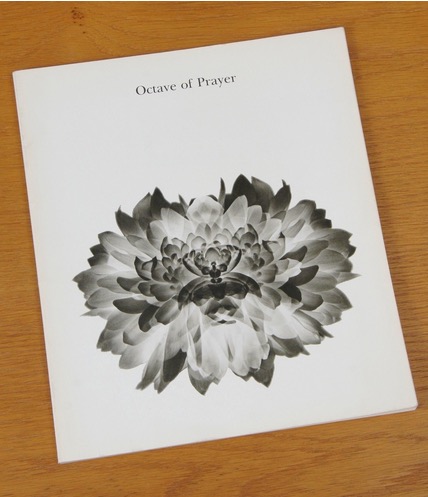
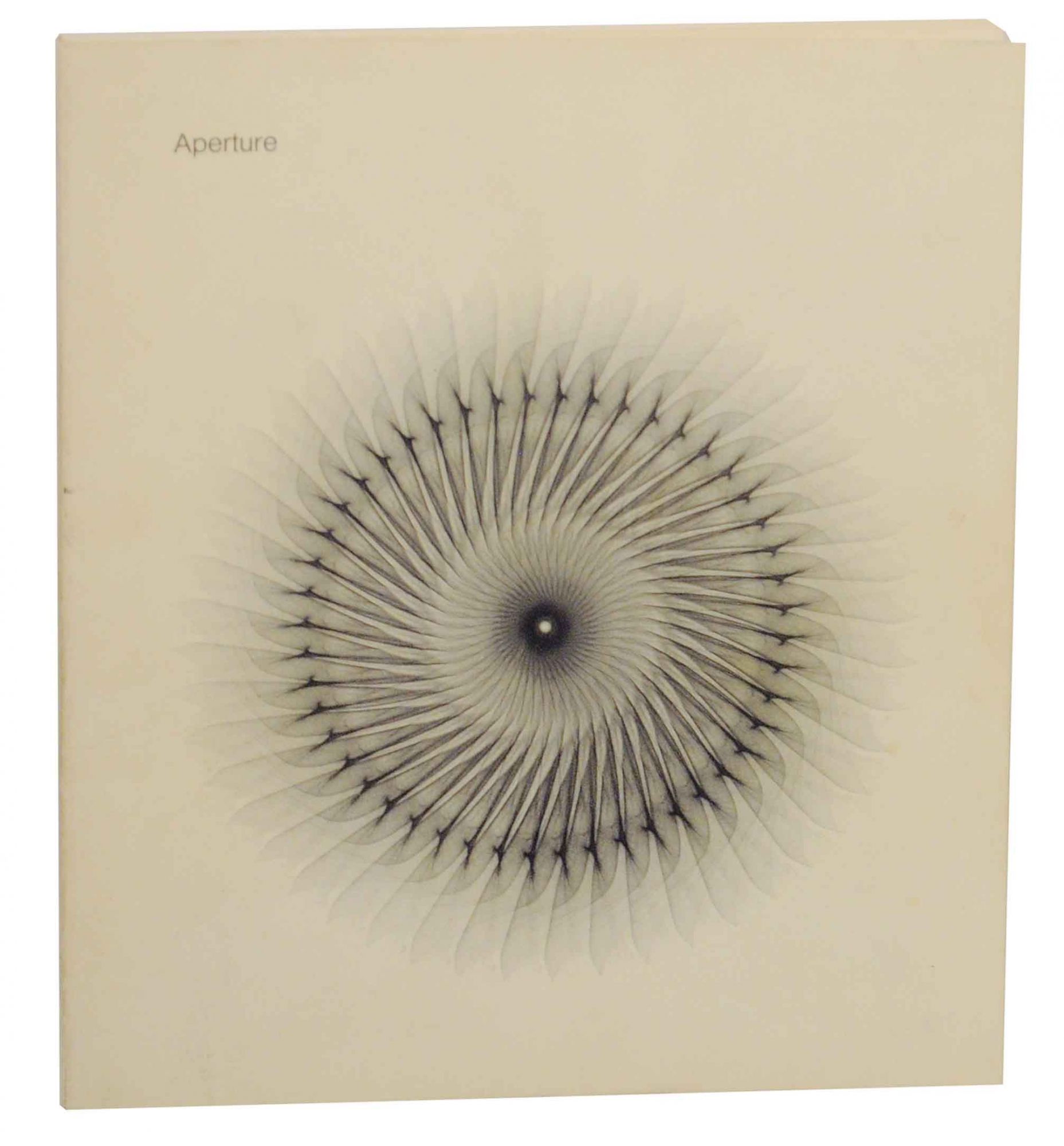
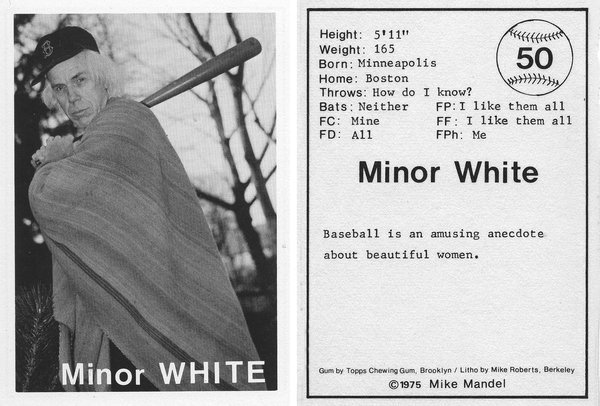
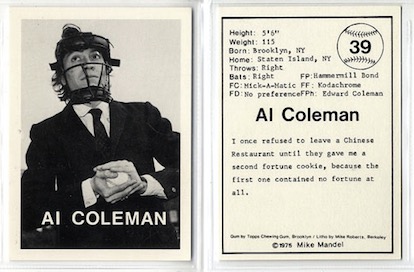




Hi, Allan,
Your review put me in mind of the time I was Minor’s assistant at a Center of the Eye workshop. I was skeptical, but tried to not let that make me unsupportive. At one point, strolling through the woods with the class. he stopped and instructed us to pick out a tree to photograph, but to wait for the tree to communicate the right moment to press the shutter. Being from Iowa, I gave it an honest shot, but fairly soon concluded that either that tree or I would fall over before that interspecies moment arrived.
A propos, was talking to Stephanie Bursese yesterday who told me she had bumped into David Solo at Dashwood last week, who mentioned that he was looking for books of photography and poetry. I am sure they must be out there, but as a form, vulnerable to the pretentiousness you find in Minor. Although not exactly poetry, the best such marriage I can recall is Susan Lipper and Frederick Barthelme’s book, Trip. Don’t know if you are in touch with David, but imagine if anyone might have a candidate for his project, you would.
Best,
David
There have been some fine marriages of photography and prose fiction. Wright Morris’s trilogy stands high on my list of same.
Books of photography and poetry that succeed … not many come quickly to mind. I remember thinking highly of Will It Burn, with images by David Akiba and poems by Jack Myers, back in the mid-’70s. And I know there are others. I tried to achieve this in my Y2K collaboration with Finnish photographer Nina Sederholm, Spine, but I can’t judge objectively how well we succeeded.
Whether the writing comes as poetry or prose, the challenges, I think, include striking the energy balance between images and words; keeping the images from becoming “illustrations” of the text; and keeping the text from being subservient to or otherwise explaining/captioning the images.
Some of this is as much a design issue as it is a matter of matching the words with the images. I suppose “interdependency” is the desideratum.